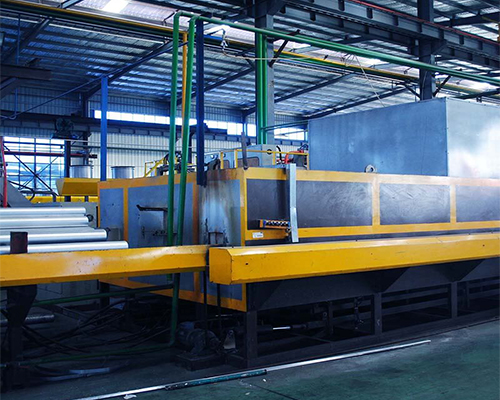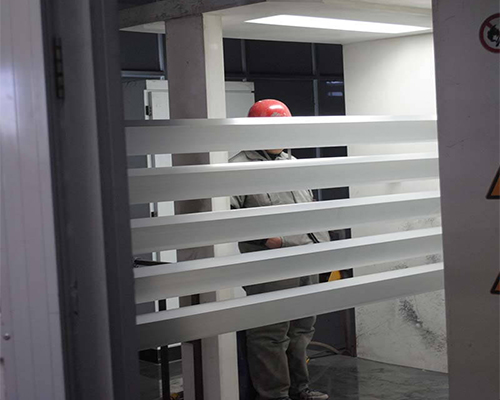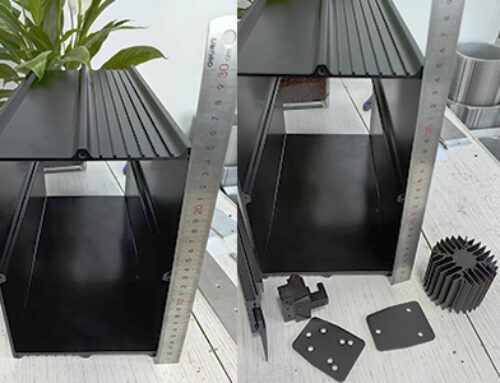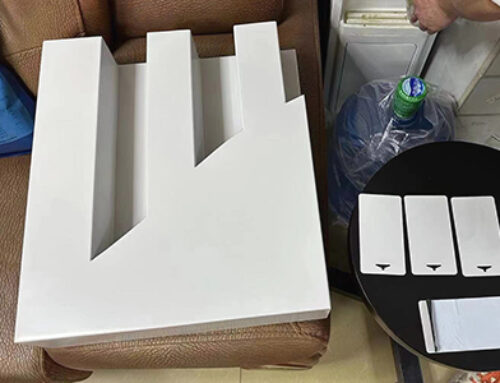Project Description


We talked about two factors that affect the quality of oxide film: Electric Current Density (Click Link: Influence of Electric Current Density on Anodised Aluminium ) and Temperature (Click Link: Relevant Between Anodic Oxidation Solution Temperature and Oxide File ). Now, we talk about the third factor — Ageing.
Under the same conditions of solution concentration and other processing technology, with the extension of anodic oxidation time, the generated oxide film will also be gradually thickening (within a certain range), the aperture gap (or pore space) will increase too which is good for dyeing.
Under the same process conditions, on the contrary, if the anodic oxidation time is shortened, the generated oxide film will be thin, and the aperture gap (or pore space) becomes less and has trouble dyeing dark. Most of aluminium manufacturers’ anodic oxidation time is less than 20 minutes; except for some special situation, electrochemical polishing (Click on the link to learn more about electrochemical polishing) for example, shortens the anodic time to maintain brightness after anodizing. It’s necessary to extend the anodic time when dyeing the dark profiles, especially under the situation of low oxidation solution temperature; the anodic time needs to be extended to 45 – 60 minutes.
Another question is, whether it’s necessary to stir the oxidation solution when anodizing?
The answer is that: it’s necessary to take a compressed air stirring the solution when anodizing. Because the heat generated by anodic oxidation deposits accumulates in the solution of the oxide film, which will cause an accelerated dissolution of the oxide film, thus the overall performance of profiles is reduced. Using compressed air to stir the solution to make the heat dissipate quickly, meanwhile, the cooling solution can cool the profiles’ surface; it’s also beneficial to improve the uniformity of oxide film.



